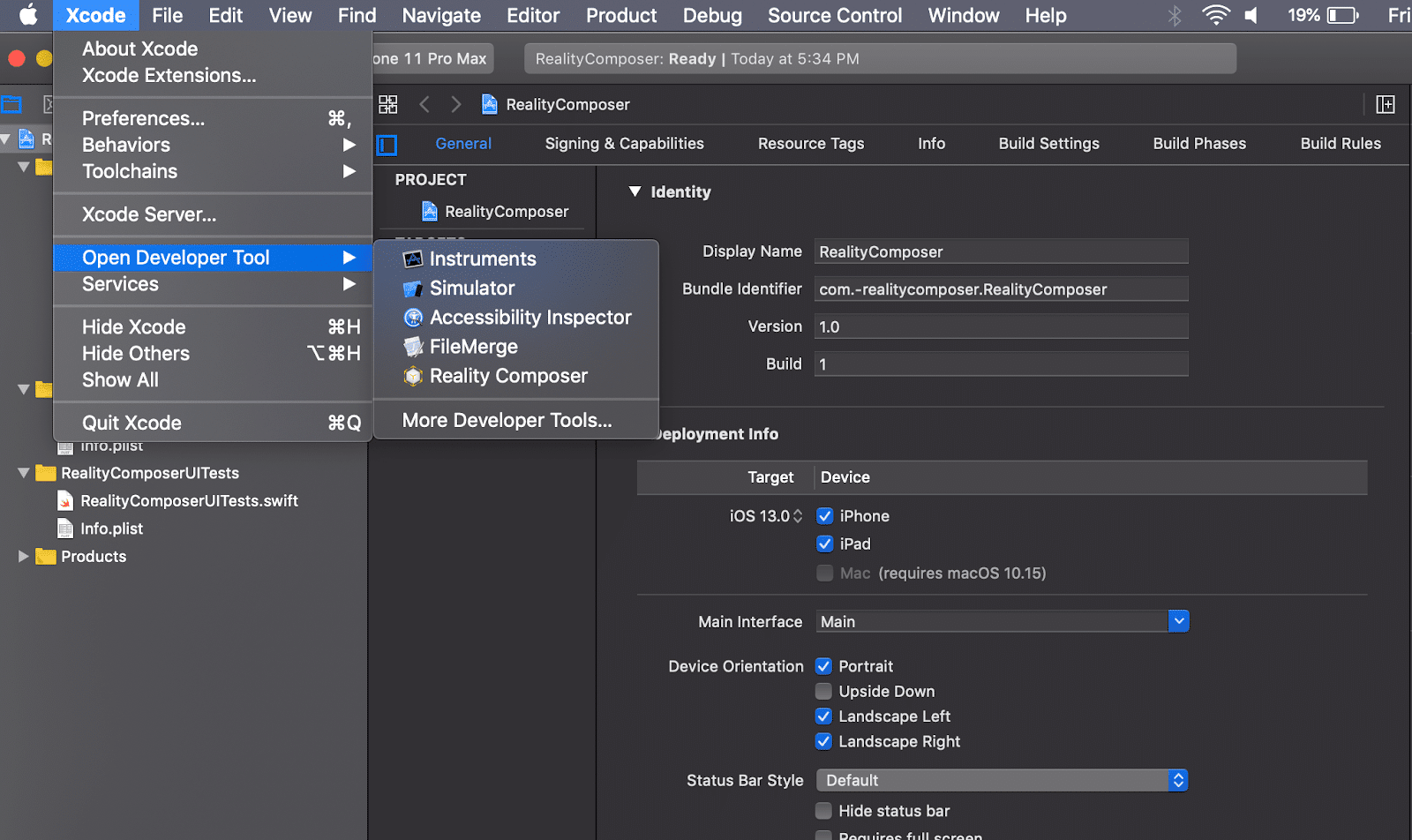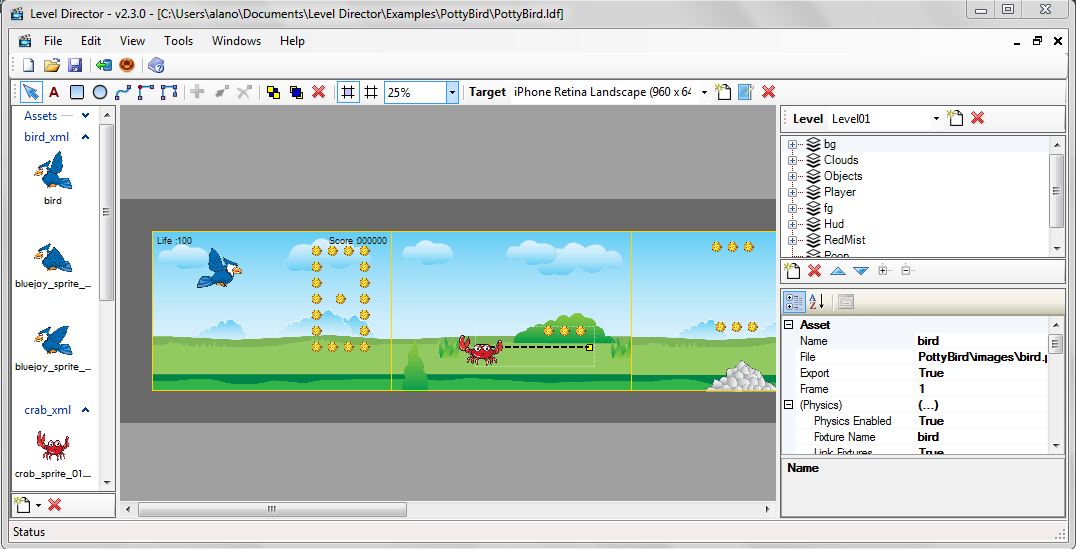
- #Add exporter to physicseditor movie
- #Add exporter to physicseditor update
- #Add exporter to physicseditor software
- #Add exporter to physicseditor free
You can tweak your effect the way you like it and then even export it, so you can import and use it in your project.Īnother cool thing we learned is creating our own levels using CS5.5.

Very cool indeed, and all this was done before lunch!Īfter the break, we started creating particle effects with a cool tool called Particle Designer that can be used for Starling.ĭevon Wolfgang already created a web tool for creating particle effects. When we come back to our code, we type some more to get the physics body to work with our enemy Sprite and make use of this exported class - it works! Almost there! Now I’m up until the point where we build a fully functional game that makes the enemies bounce with the gravity settings from Nape. We change the import to and remove the graphics rotation so it reads graphic.rotation = (b.rotation) and that’s all there is to it. The only thing left is to change this class a little bit so it works with Starling. It’s easy to use and has an export option for Nape AS3 that exports an AS3 Class. The second tool we use is PhysicsEditor to add physics to our enemy sprites. Box3D is not that fast and the Alchemy version is actually slower than the normal version. Nape is fast and especially good when it comes to mobile. When it comes to the physics to put on specific objects, we rely on a library called Nape.
#Add exporter to physicseditor movie
Exporting a debug build will make your movie slow don’t blame this on Starling or the new Flash Player version. Avoid nested hierarchies - use the flatten and unflatten method for this.
#Add exporter to physicseditor update
Anything that needs to update visually over time, needs to be added to a special class called “The Juggler”. Make sure you use the Stage3D version of classes otherwise it does not perform. It is not wise to mix normal DisplayList stuff with Stage3D stuff. Lee goes on explaining about Starling and what you can and cannot do. Another useful tip: Be sure to include the mimeType when embedding XML in your class. After creating all of this it’s time to write some code.

TIP: Be sure to choose “auto size” when creating Sprite Sheets, because it will make the smallest possible size for you. Cool! For now we are using TexturePacker to create Sprite Sheets. Did you already know the new CS6 will have a Sprite Sheet exporter? You can just right-click on a MovieClip or Sprite in your Library and export that animation as a Sprite Sheet.
#Add exporter to physicseditor software
Also, it turns out that in FDT’s compiler settings for that specific project you have to explicitly set the -target-player to version 11.ĭuring this workshop we get a lot of tips and tricks straight from the core and here and there some sneak peeks to new software by Adobe.

The second problem was that I wasn’t targeting Flash Player 11 (Debugger) so after downloading this from Adobe’s I was all set. While doing this I had two problems: the provided Nape Physics Engine did not work for me in FDT, but quickly found a fix for this, turns out this SWC is compiled from HaXe and needed some hacking. After this it’s time to create a new project and add those libraries.
#Add exporter to physicseditor free
We start by downloading some libraries and the free “ Introducing Starling” book by Thibault Imbert. The goal of this workshop is to let us create a tank shooter game, complete with enemies, sounds and different levels. The Starling framework is a joint effort between a company called Gamua and Adobe. A name that would be better suited is StageGPU, since that is more explanatory. And Starling is mostly targeted for games but you can use it for any type of content.” They also mentioned that the name Stage3D is a bit confusing, because it is not only for 3D content, but also for 2D. So you don’t have to worry about the low level programming. With a coffee under my belt, I was ready for Lee Brimelow and Tom Krcha to get me up to speed on creating games with Starling.Īfter a warm welcome, Lee dove into the workshop with an overview of what Starling is,“an ActionScript 3, 2D framework on top of the Stage3D API’s in Flash Player 11, that is fully GPU accelerated.


 0 kommentar(er)
0 kommentar(er)
